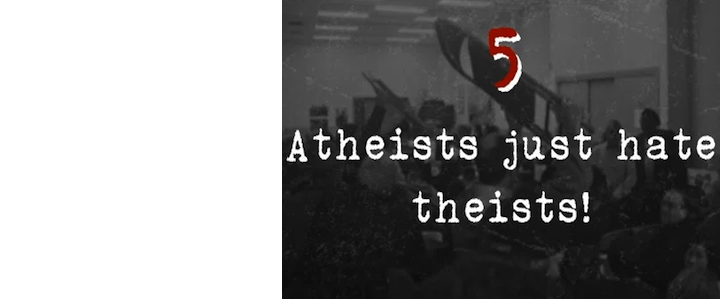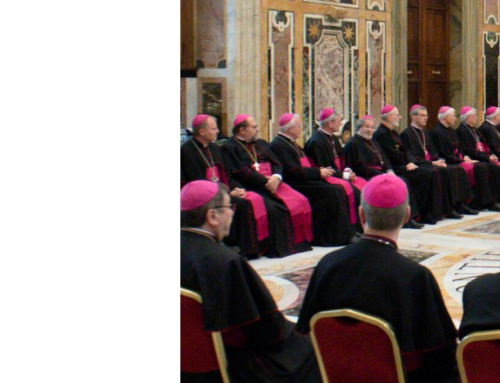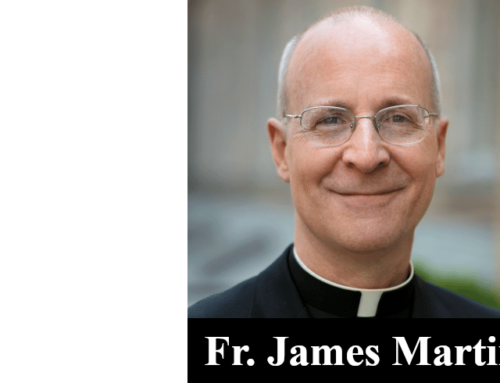Catholic League president Bill Donohue comments on a First Amendment case that dealt a blow to religious liberty:
For 75 years, Bayview Park, in a Pensacola, Florida neighborhood, has been home to a large cross. The 1941 wooden cross, erected by a New Deal agency, was replaced by a civic group in 1969 with a 34-foot concrete “Latin cross.” No one complained until recently. On June 19, a federal judge ordered it to be taken down.
U.S. District Judge Roger Vinson was sympathetic to the Christians who wanted the cross to stay, but felt he had no choice but to rule against them.
“Thousands upon thousands,” he noted, made their way each year to attend Easter services and to commemorate Veteran’s Day and Memorial Day. But this mattered not a whit to the militant atheists at the Freedom From Religion Foundation and the American Humanist Association: they filed suit claiming the cross violated the First Amendment.
The claims made by the atheists are transparently dishonest, and the ruling by Judge Vinson is proof positive that the U.S. Supreme Court has created mass confusion on this issue.
Plaintiff Amanda Kondrat’yev said she first encountered the cross while walking through Bayview Park with a friend in 2008 or 2009. Here is what the lawsuit said:
“She was immediately affronted by the government’s enormous Christian cross display and expressed feelings of shock to her friend as soon as they saw the imposing Christian symbol. She has had unwelcome contact with the Bayview Cross approximately thirty times since….The giant cross in Bayview Park significantly impedes [her] use and enjoyment of the local park. Due to the presence of the Bayview Cross, and its enormous size, [she] finds it difficult, if not impossible, to fully enjoy the park.”
This account strains credulity. How in the world did she know that the Bayview Cross wasn’t erected on government leased land and was paid for by private sources? More important, would it have made any difference if it were privately owned and on leased land? After all, the “shock” at seeing an “enormous,” “imposing,” and “giant” cross would surely be enough to “significantly impede”—if not make it “impossible”—for her to enjoy the park.
It is obvious that militant atheists hate the sight of the cross. Nor can it be doubted that some vomit upon seeing it. They need help, but not the kind granted by the federal courts.
Judge Vinson knows the history of the First Amendment’s religious liberty provision well. Indeed, he cites Supreme Court Justice Joseph Story’s observation, made in his classic treatise on the Constitution in 1851, that the Founders believed that “Christianity ought to receive encouragement from the State,” and that attempts to “level all religions, and to make it a matter of state policy to hold all in utter indifference, would have created universal disapprobation, if not universal indignation.”
This is why Judge Vinson maintains that “the historical record indicates that the Founding Fathers did not intend for the Establishment Clause to ban crosses and religious symbols from public property.” Nonetheless, he feels constrained by more recent Supreme Court decisions. The problem here, as he readily acknowledges, is the lack of clarity coming from the high court.
Judge Vinson cites one important case, Lemon v. Kurtzman, as crafting a three-prong test to decide the constitutionality of religious liberty cases. He correctly notes that this 1971 decision has “not [been] consistently used.” In fact, he says the lower court rulings have been a “hodgepodge,” leading to much “confusion.” But because Lemon is still law, he says, “I am not free to ignore it.” He comes to this conclusion even after acknowledging, in a footnote, that Lemon “has occasionally been bypassed or ignored by the Supreme Court.”
Judge Vinson ends with a plea to the Supreme Court to “revisit and reconsider its Establishment Clause jurisprudence.” If it doesn’t, we will continue to see more phony cases brought by atheist Christian-hating activists feigning “shock” at seeing crosses in parks.







